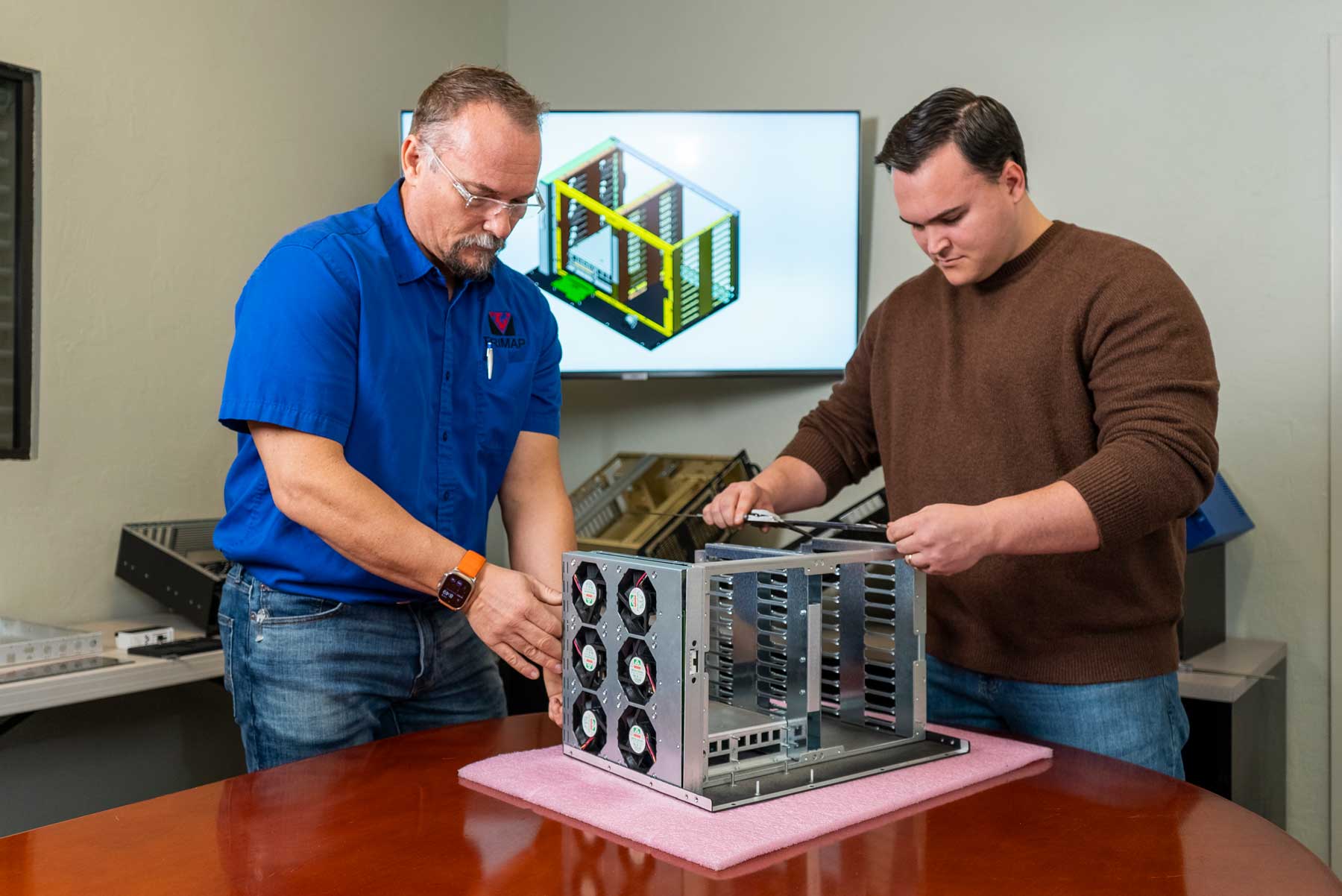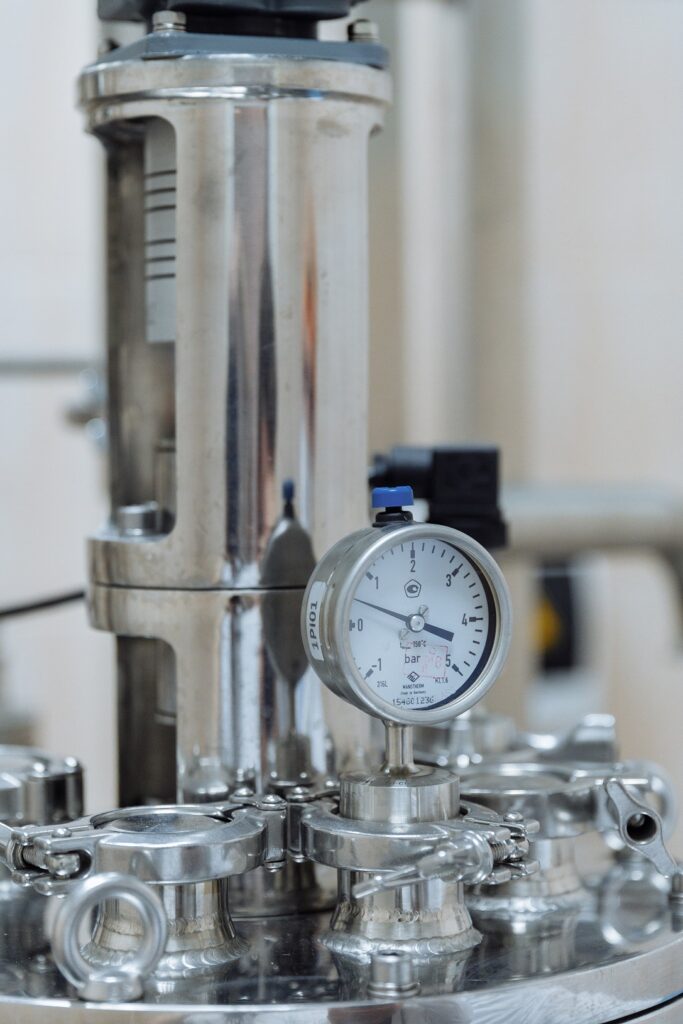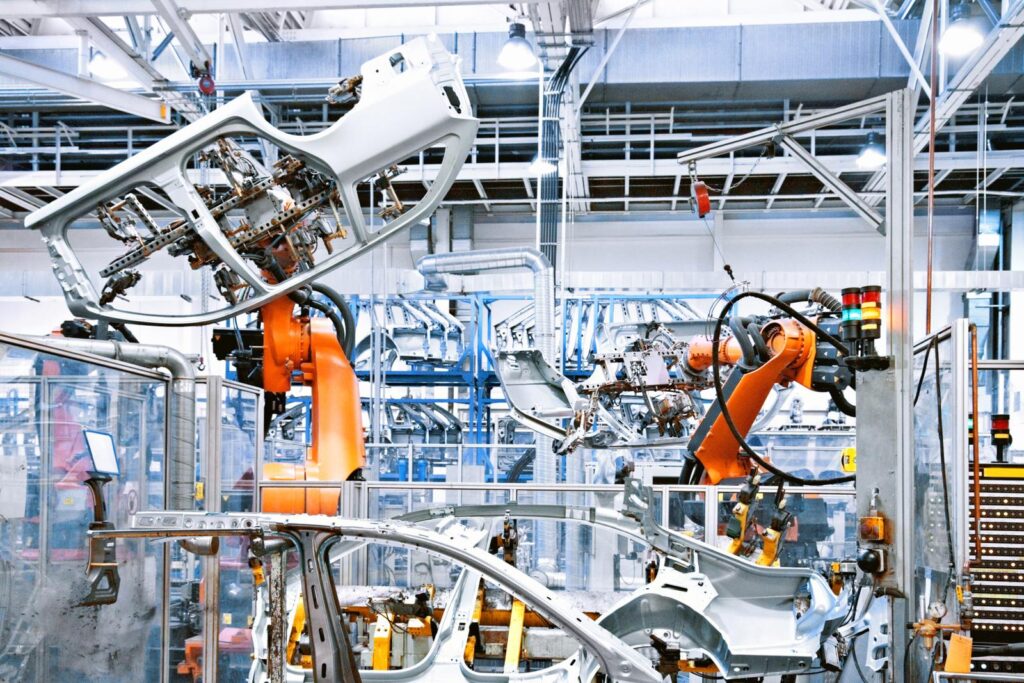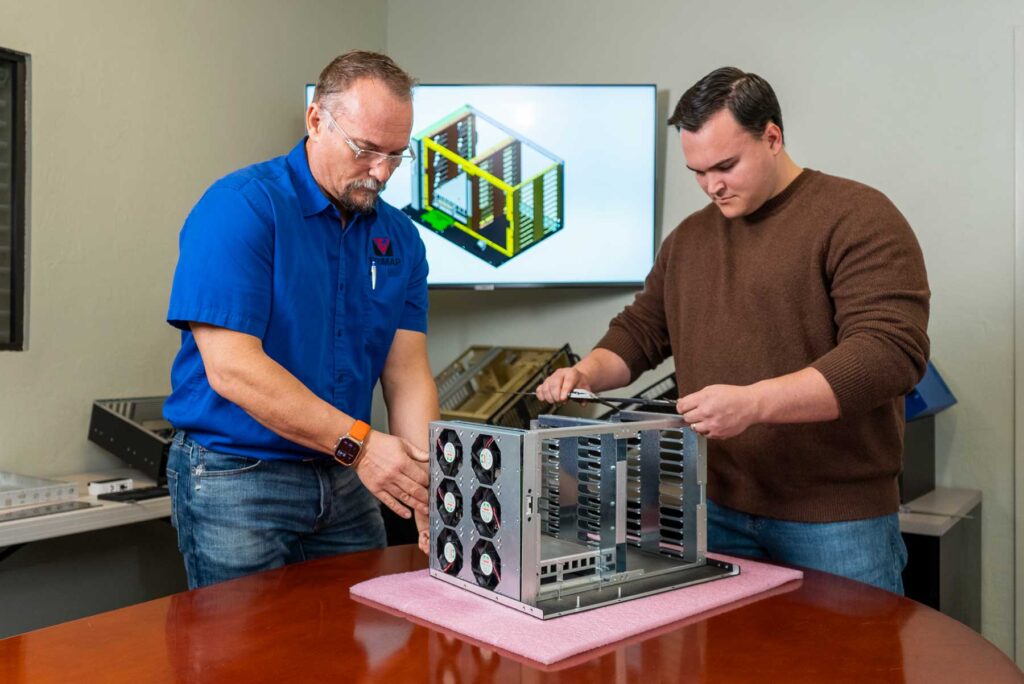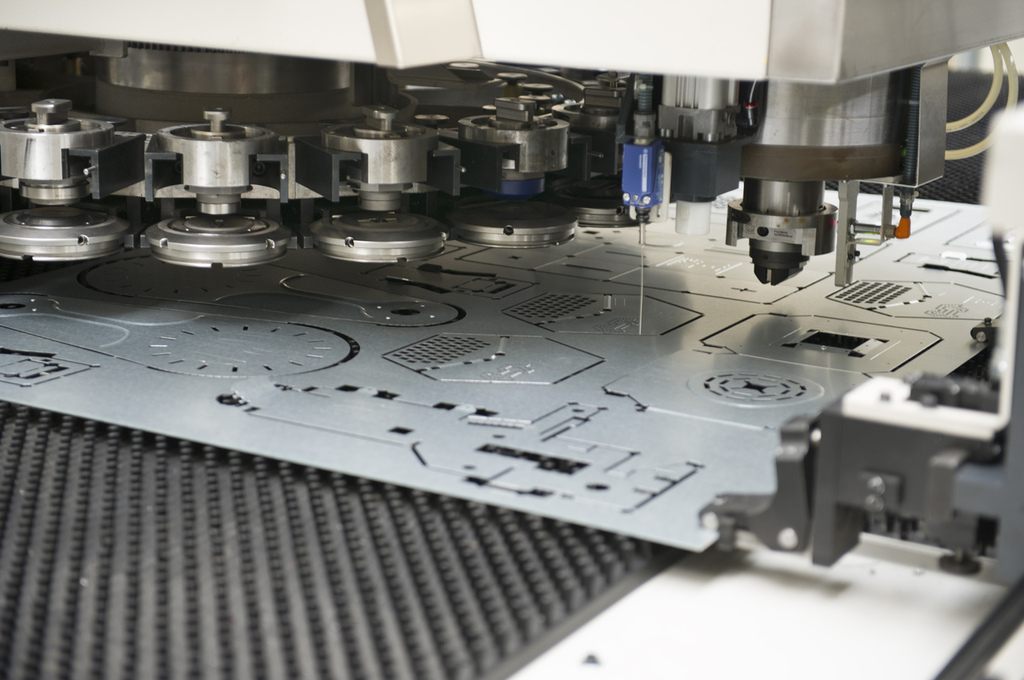Stainless Steel
Stainless steel is a popular material used in various industries due to its strength and resistance to rust. This versatile metal alloy contains a minimum of 10.5% chromium, which creates a protective layer on the surface that prevents corrosion and staining. Stainless steel is also known for its durability, making it an excellent choice for applications where reliability is crucial.
Stainless steel can be found in everyday items such as kitchen utensils, cutlery, and appliances because it’s easy to clean and maintain. It’s also commonly used in the construction industry for building structures like bridges or skyscrapers because of its strength and resistance to harsh weather conditions. Additionally, stainless steel is used extensively in the medical field due to its hygienic properties.
Overall, stainless steel has many advantages over other metals because of its unique properties such as being strong, rustles, durable, and easy-to-clean. For these reasons alone, we can expect stainless steel products to continue being widely utilized across several industries around the world.
Advantages: Durability, Low Maintenance
Stainless steel is one of the most durable materials available in the market today. It can withstand extreme temperatures, pressure, and environmental conditions without corroding or breaking down. Stainless steel’s strength and resilience make it an excellent choice for industrial applications that require high-performance materials. In addition to its durability, stainless steel requires low maintenance compared to other materials like wood or plastic. It does not need painting or varnishing, nor does it rust easily.
Another advantage of stainless steel is its resistance to corrosion and staining. Unlike other metals that may rust when exposed to moisture, stainless steel does not corrode easily and remains looking new for longer periods without requiring any maintenance. This makes it perfect for outdoor use where exposure to harsh weather conditions might cause other materials to deteriorate quickly.
Stainless steel’s durability and low maintenance properties have made it a popular choice in different industries like steel manufacturing, construction, transportation, and medical equipment manufacturing. Its unique combination of strength and corrosion resistance ensures that products made from this material are long-lasting with minimal upkeep required – making it a cost-effective investment over time.
Disadvantages: Costly, Heavy
Stainless steel is known for its strength and resistance to rusting, making it a popular material in various industries. However, despite its benefits, there are also some disadvantages to using stainless steel. One of the primary drawbacks is costliness. Stainless steel can be significantly more expensive than other materials like aluminum or carbon steel. This is because the production process for stainless steel involves melting and refining multiple metals, which drives up the cost.
Another disadvantage of stainless steel is that it can be quite heavy compared to other materials. This can make handling and transportation difficult, especially when dealing with large quantities of stainless steel products or components. Additionally, the weight of stainless steel may limit its use in certain applications where lightweight materials are preferred.
Despite these challenges, many industries continue to rely on stainless steel due to its durability and longevity. Engineers and manufacturers often find ways to work around the costliness and heaviness through effective design strategies or by exploring alternative options within their budget constraints. Ultimately, while there are some drawbacks associated with using stainless steel, its many advantages still make it an attractive option for various applications across industries worldwide.
Types of Stainless Steel
There are different types of stainless steel available in the market. One of the most common types is austenitic stainless steel, which is known for its high resistance to corrosion and excellent toughness. It contains high amounts of nickel and chromium, making it ideal for food processing equipment and chemical industries.
Another popular type of stainless steel is ferritic stainless steel. It has low carbon content and contains higher amounts of chromium than other materials. Ferritic stainless steels are often used in automotive applications because they offer good resistance to stress corrosion cracking and have excellent weldability.
Lastly, martensitic stainless steel is a hard enable material that can be heat-treated to increase its strength. It has a unique combination of high hardness, good toughness, and corrosion resistance that makes it suitable for use in cutlery and surgical instruments. Overall, understanding the different types of stainless steel available will help you choose the right material for your specific application needs.
Applications in Home and Industry
Stainless steel is a material that has become increasingly popular for use in both home and industry applications. This type of steel owes its popularity to its durability, strength, and resistance to rusting. In the home, stainless steel products are commonly used in kitchen appliances such as refrigerators, ovens, and dishwashers due to their easy-to-clean surface and sleek appearance.
In the industrial sector, one of the most common uses for stainless steel is in construction due to its strength and ability to withstand harsh weather conditions. It is also used extensively in manufacturing equipment such as pumps, valves, piping systems, storage tanks, and more because it can handle high temperatures without warping or cracking under pressure.
Additionally, stainless steel has found many applications in the food processing industry thanks to its corrosion-resistant properties which make it ideal for handling acidic substances. These qualities have made it a reliable choice for food preparation surfaces like countertops as well as equipment like mixing bowls or cutlery sets that are regularly exposed to wet environments. In conclusion, stainless steel’s versatility continues to make it an attractive choice across various industries.
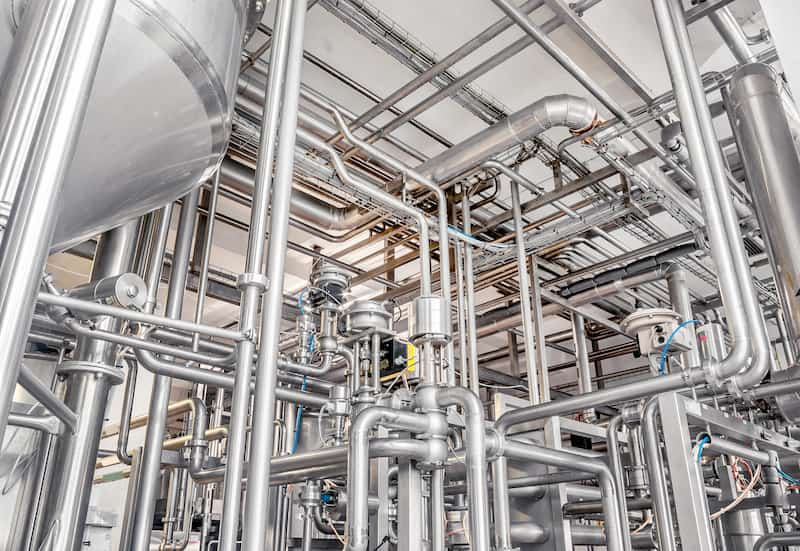
Popularity: Increasing Demand
Stainless steel is a popular material for various industries, including construction, automotive, and food processing. This popularity can be attributed to its strength and resistance to rust and corrosion. With increasing demand for durable and low-maintenance materials, stainless steel has become the go-to choose for many applications.
The construction industry, in particular, heavily relies on stainless steel due to its ability to withstand harsh environmental conditions. Stainless steel is commonly used in building facades, bridges, and other infrastructure projects where durability is critical. Additionally, the automotive industry uses stainless steel extensively in car components such as exhaust systems and body panels due to its resistance to corrosion from road salt.
Furthermore, with growing awareness of health and hygiene concerns in the food processing industry, stainless steel has emerged as an ideal material for equipment such as tanks, conveyors, and pipes. Its non-porous surface makes it easy to clean while minimizing the risk of contamination from bacteria or other harmful substances. As demand continues to grow across these industries for strong and rustles materials that are also easy to maintain over time- we can expect an even greater increase in the popularity of stainless steel going forward.
Conclusion: Versatile Material
In conclusion, stainless steel is undoubtedly one of the most versatile materials available today. Its unique properties make it ideal for a wide range of applications across various industries. The high strength and resistance to corrosion make it an excellent choice for anything from cutlery to surgical instruments.
The durability and easy maintenance of stainless steel also make it a popular choice for architectural projects such as building facades, sculptures, and bridges. Moreover, its aesthetic appeal has made it a favorite material in modern interior design. From sinks to countertops, furniture pieces to light fixtures, stainless steel adds a sleek and contemporary look that complements any style.
Overall, the versatility of stainless steel makes it an indispensable material for many applications today. As technology advances and new uses are discovered, we can only expect this durable alloy to become even more prevalent in our everyday lives.

